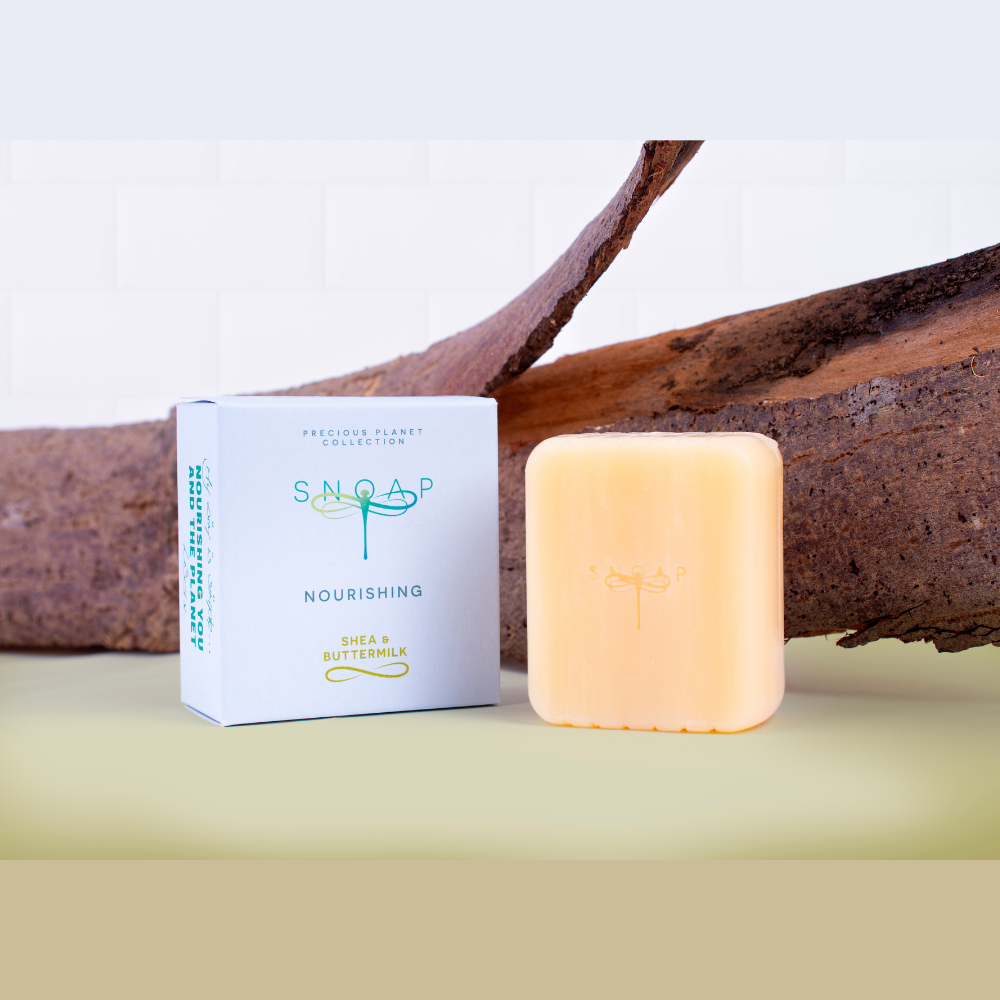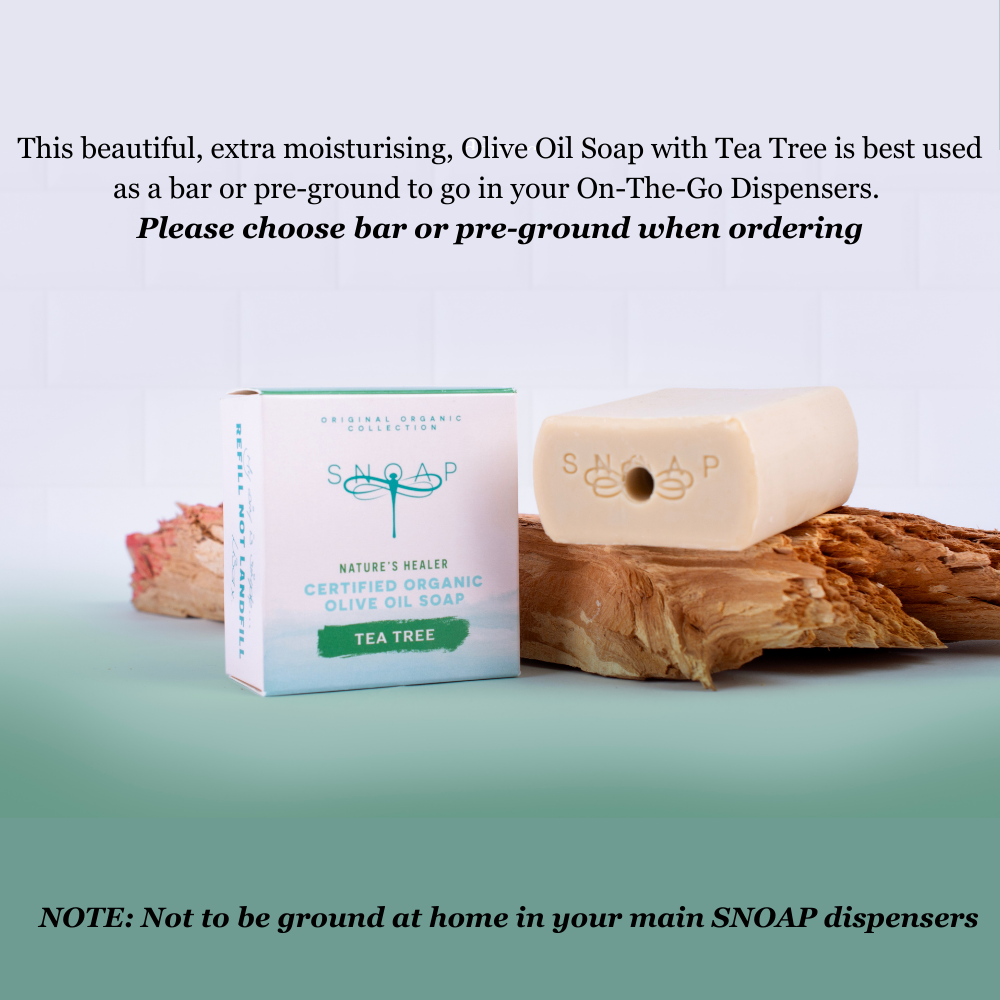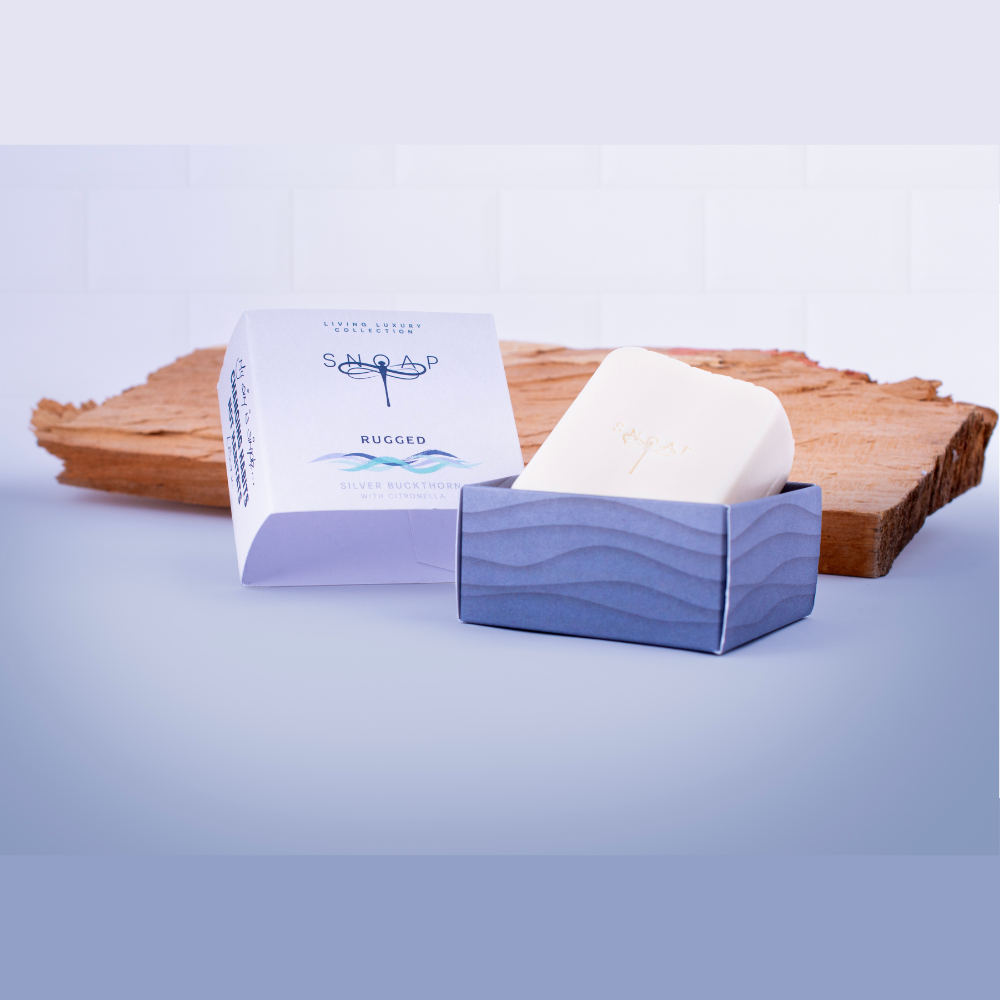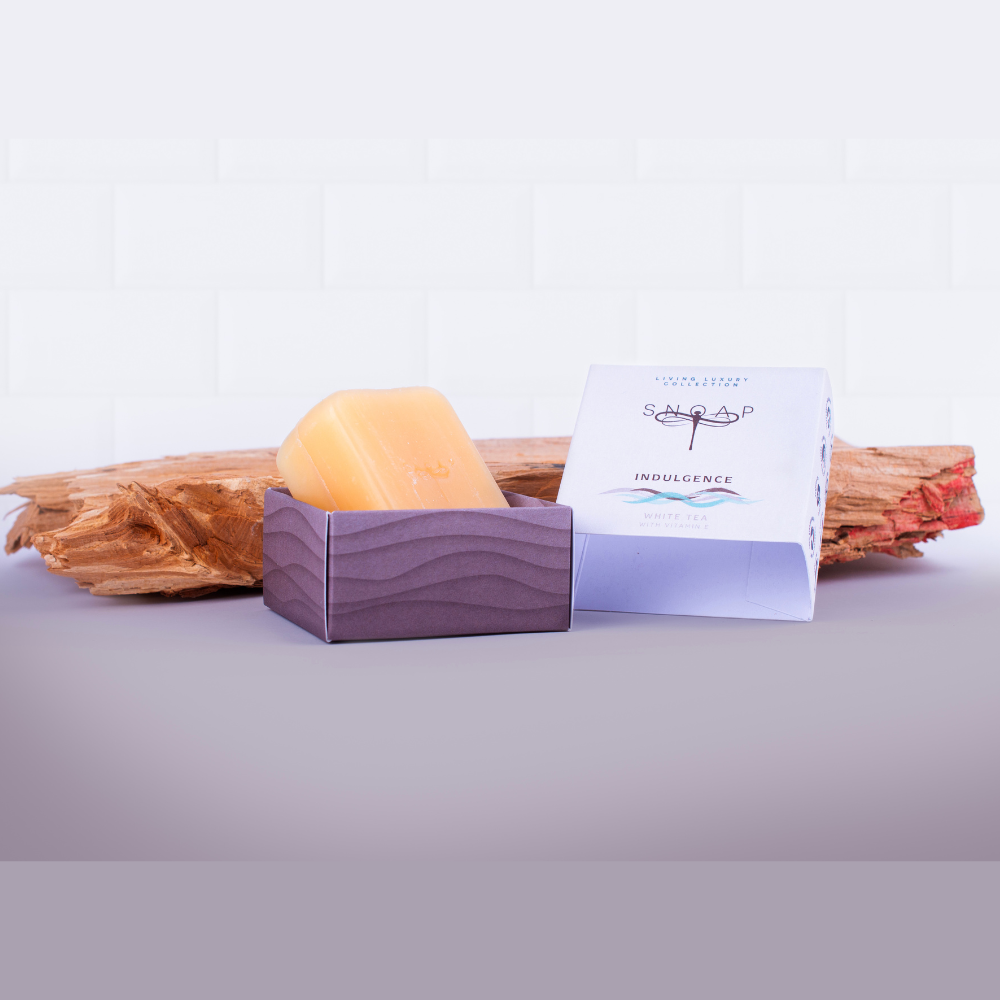Here are a few FAQs from our SNOAPYS.
If you need any instructional videos head to our How it works page
GENERAL ENQUIRIES
How do I load soap/shampoo into my SNOAP Dispenser?
Loading your dispenser is quick and easy - follow the instructions below (or view the video in how it works)...
1. Unlock & open the dispenser door by pushing the latch firmly with your thumb - start at the top.
2. Ensure the blue legs have finger hold indents at the front. Grip them with your thumb & finger and pull slightly forward to disengage the feeder from the rear threads.
3. Slide the feeder up and insert a SNOAP bar, fitting the hole over the centre “stalagmite” on the grating surface.
4. Insert a second bar on top of the first, then lower the feeder so the “stalactite” engages the hole in the second bar.
5. Push the legs (and top soap) fully back into the unit, ensuring the feeder is horizontal.
6. Close the door and lock the handle with the latch. *Note: If the door doesn't close easily, the feeder is not level. Pull legs forward and ensure feeder is horizontal, then reinsert – do not force closed.
7. Turn the handle clockwise to dispense SNOAP - about ⅓ turn for a hand wash. Happy SNOAPing!
*Note: The dispenser can be loaded with one SNOAP bar – this is recommended for high humidity areas like shower cubicles (clean between use). Turn the handle a few extra times to start dispensing.
What size is the SNOAP Dispenser?
Hi SNOAPY, thanks for your question, the SNOAP Dispenser is 24cm on a wall mount. and 34cm in total on a Countertop Stand.
How do I attach my SNOAP dispenser to the wall?
There are two short videos in How it Works to show you how alongside the instructions below.
1. Position the wall mount with enough space above to slide the dispenser in and mark its location.
2. Choose between nano-suction tape (for smooth surfaces like glass or tiles not painted walls) or screws (use appropriate fixings, not included).
3. If using tape, clean and dry the surface. Apply tape to the back of the wall mount without stretching it, peel off the backing, and press the mount firmly onto the wall for 60 seconds.
4. Wait 24 hours before attaching the dispenser.
5. Should you want to remove the wall mount, twist it firmly until it detaches, then remove the tape. Additional tape is available at here.
How do I remove my SNOAP wall mount from the wall when attached with the sticky strip?
The wall mount is easy to remove and leaves no residue. You can also see a short video in how it works. Rotate the wall mount (this may feel tough) ensure to rotate, the sticky will release from the wall, you can then roll the sticky strip off the wall mount and dispose responsibly. Additional wall mounting tape is available to buy so you can put your SNOAP dispenser up in a new location easily - click here.
How do I assemble my SNOAP countertop and position my countertop stand?
Your countertop stand comes in two parts to reduce damage during transit. Remove all parts from the protective corn-starch bag (these are biodegradable).
1. Push stand arm into base until you hear a click – this is a one-time assembly.
2. Carefully peel one nano-dot from strip that contains the 4 sticky nano-dots and stick it in one of the 4 round recesses on the underside of the base of the stand – repeat 3 more times.
3. Peel the white covers from each of the 4 nano-dots that are now on the base of the stand.
4. Position stand ensuring the surface is flat, smooth, clean and dry with enough space above to slide the SNOAP dispenser on and off the stand. Press down firmly for 10 seconds.
5. Slide SNOAP dispenser onto stand (it is easier if you load the soaps before placing on the dispenser).
6. IMPORTANT: Wait a minimum of 24 hours to use the SNOAP dispenser on the stand to allow time for the nano-dots to firmly attach to the surface.
7. Should you want to remove the table top stand hold at the base and carefully, but firmly, twist the mount and continue until the mount frees from the nano dots then carefully remove dots from surface. These can be cleaned and reused and additional nano-dots are also available to purchase.
Why do I sometimes have SNOAP left on my hands when I've washed?
Try using less SNOAP, a little goes a long way and will save you money and the planet resources, you get just as good a wash from less, you just need enough to create lather. We'd love your feedback on this and hope it answers your question.
How do I clean-up any excess SNOAP from my counter?
Many of our SNOAPYs use a vacuum to collect the dry SNOAP from their counter top reporting that it makes their vacuum smell nice too - win, win
How do I know if I have enough SNOAP in my hand?
The amount of SNOAP you need for an effective wash may look like very little - a ⅓ of a turn is enough). As long as it creates a lather when water is added and hands are rubbed together you have enough - check out our video for a demonstration
Why is my SNOAP dispenser getting harder to turn?
1. Check the feeding ring horizontal? If the door has been forced closed this will cause pressure to build up. See our loading your soap video.
2. Are you using the Original Organic soap in your dispenser? This soap is not recommended for the dispenser - please use as a bar or it can be purchased pre-ground for use in your On-the-Go Dispensers
Does SNOAP work well in hard water areas?
Absolutely! We have tested it in many hard water areas and have had great feedback from our SNOAPY customers in the many hard water areas in the UK.
There are chelating agents (fancy name for things that catch the metal ions in hard water and keep them soluble) in our Living Luxury and Precious Planet soaps which reduce scum and increase lather in hard water areas.
Use warm water and a little elbow grease and you will get a wonderful lather. We highly recommend our SNOAP puffs in the shower to get a great lather - they are made from 3 bottles of recycled ocean plastic.
Our Original Organic Olive Oil soaps are naturally low lather so if you like a good lather avoid these soaps in hard water areas.
Are your soaps and shampoos vegan?
All our soaps and shampoos are vegan with 2 exceptions - Nourishing (Shea & Buttermilk) and our GOAT milk soap.
TALKING SOAP
Why does SNOAP moisturise my skin better than liquid soap?
SNOAP contains glycerine which is usually taken out of liquid soap to make it lather more, this glycerine is a natural moisturiser, therefore solid soaps are usually more moisturising than liquid soaps/hand washes.
Do the dispensers stop slimy soapy mess from getting everywhere?
Yes! Part-used bar soap can get slimy and messy and whilst this doesn’t pose a threat to your health it appears unsightly by the sink and is considered to lead to a poor user experience. However with our dispensers all that mess is taken care of.
Do bar soaps have germs on their surface?
No. Pathogens can live on bar soap, but in studies carried out these pathogens do not get passed from person to person, however, some people are uncomfortable with sharing a bar of soap but with the dispensers - you're not sharing the bar itself.
Aren't liquid and solid soaps basically the same thing?
Definitely not! There is a chemical, as well as aesthetic, difference between liquid soap and soap bars. Soap is made from an age old process of saponification - combining fat/oil, water, and an alkali (traditionally lye) to produce a naturally moisturising soap. Liquid soap, on the other hand, is usually a synthetic detergent, made from chemical compounds rather than fats and oils. There is, therefore, much debate about whether we should be using so much chemical-filled liquid soap at all. This is especially true with antibacterial liquid soap. You may have noticed that the adverts advertising hand wash which ‘kills up to 99.9% of bacteria’ have slowly disappeared in the last couple of years. That’s because scientists started speaking out about these antibacterial soaps, and how they’re contributing to antibiotic resistant bacteria. There has also been no research which has found that antibacterial soap is more effective at cleaning than ordinary soap.
Are liquid soaps really that harmful?
Yes! When you start evaluating your consumer decisions in terms of how environmentally friendly they are, it soon gets pretty frustrating. Generally speaking there’s rarely a right answer. So much depends on the specific product you’re purchasing: where it was made, how it was transported, how it was packaged, and so it’s never as straightforward as you think. When it comes to soap, though, it seems like the situation is more black and white.
Let’s start with packaging. Swapping to solid soap bars is often on lists of things you should do to reduce your plastic waste, and for good reason. You can usually buy soap bars loose or in recyclable cardboard packets – but do avoid certain soap bars, which are plastic wrapped inside their cardboard box. Liquid soap, on the other hand, will always come in a plastic bottle.
Those plastic bottles of liquid soap are also much heavier than a soap bar, due to the increased water content. That means they’re also more difficult to move around, and use more energy in transportation. It also takes more energy to produce in the first place — using up to five times more energy to produce liquid soap than a solid soap bar.
The story continues once you’ve actually got the soap into your own bathroom. Studies have shown that we use liquid soap much more quickly than solid soap bars. That might be because we feel like more soap equals more cleaning power, or it could be because manufacturers develop overly generous pump dispensers to make us buy more regularly. Either way, on average we use six times more liquid soap than solid soap on a per wash basis. Researchers have also shown that we use more water when washing our hands with liquid soap, than solid soap bars — around 30% more.
Aren't soap bars too soft to grind it into a powder?
Many soaps are - yes! But our soaps are made to be harder, denser and more solid - meaning they can be ground into a fine powder that lasts and lasts.
What's the difference between your 3 soap ranges?
Living luxury is our premium range of soaps with rich, nourishing ingredients packed full of health and skin benefits.
Original Organic is as you would imagine made with 100% organic ingredients.
Precious Planet soaps like all of our soaps are eco-friendly made with natural ingredients, biodegradable and not tested on animals. These soaps do have PARFUM in them though - giving them beautifully scents.
Is bar shampoo really as good as liquid shampoo?
Yes! In fact its probably better!!! This is because of our nourishing it is for your hair and skin. It will leave your hair feeling incredible soft. Try it and you won't go back!
Get in touch
Have questions about your order, or a general enquiry?
Email us at info@snoap.com or use the chat button below.

